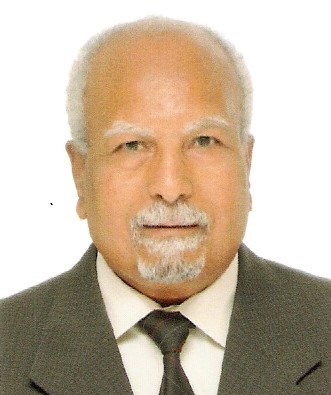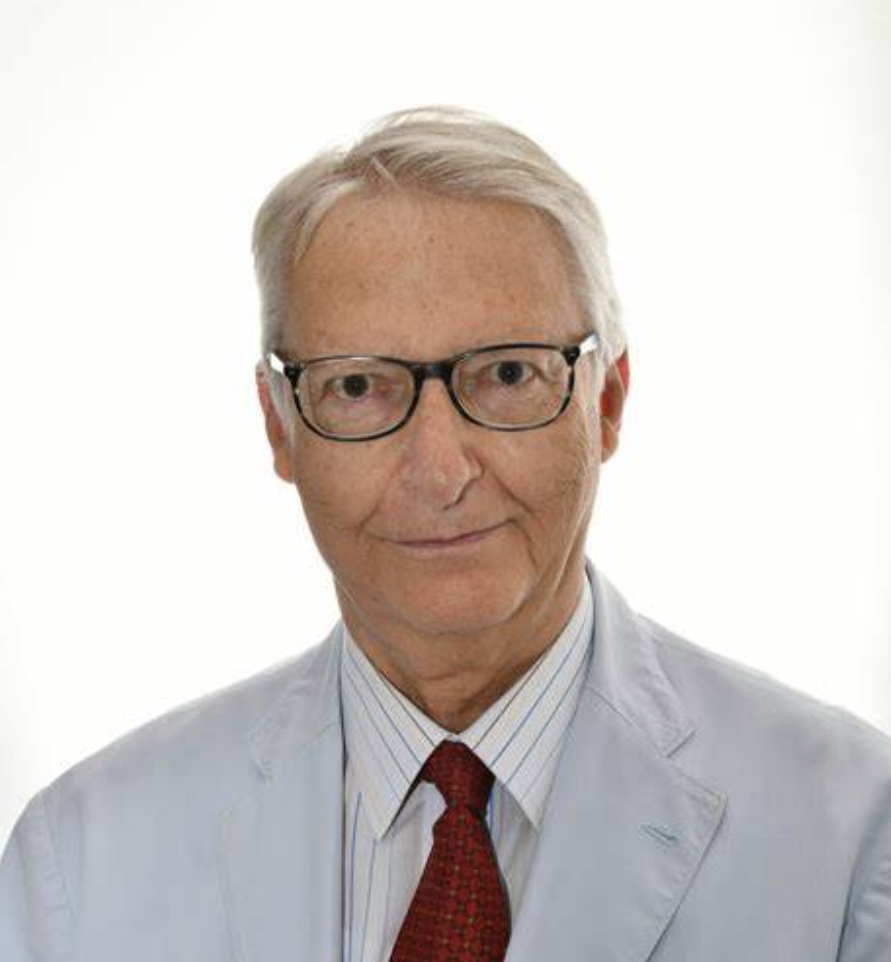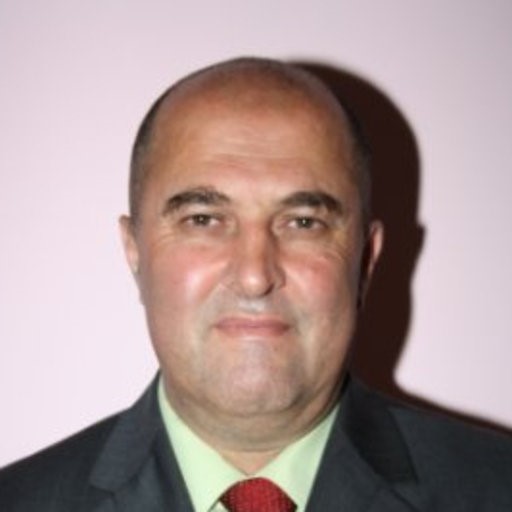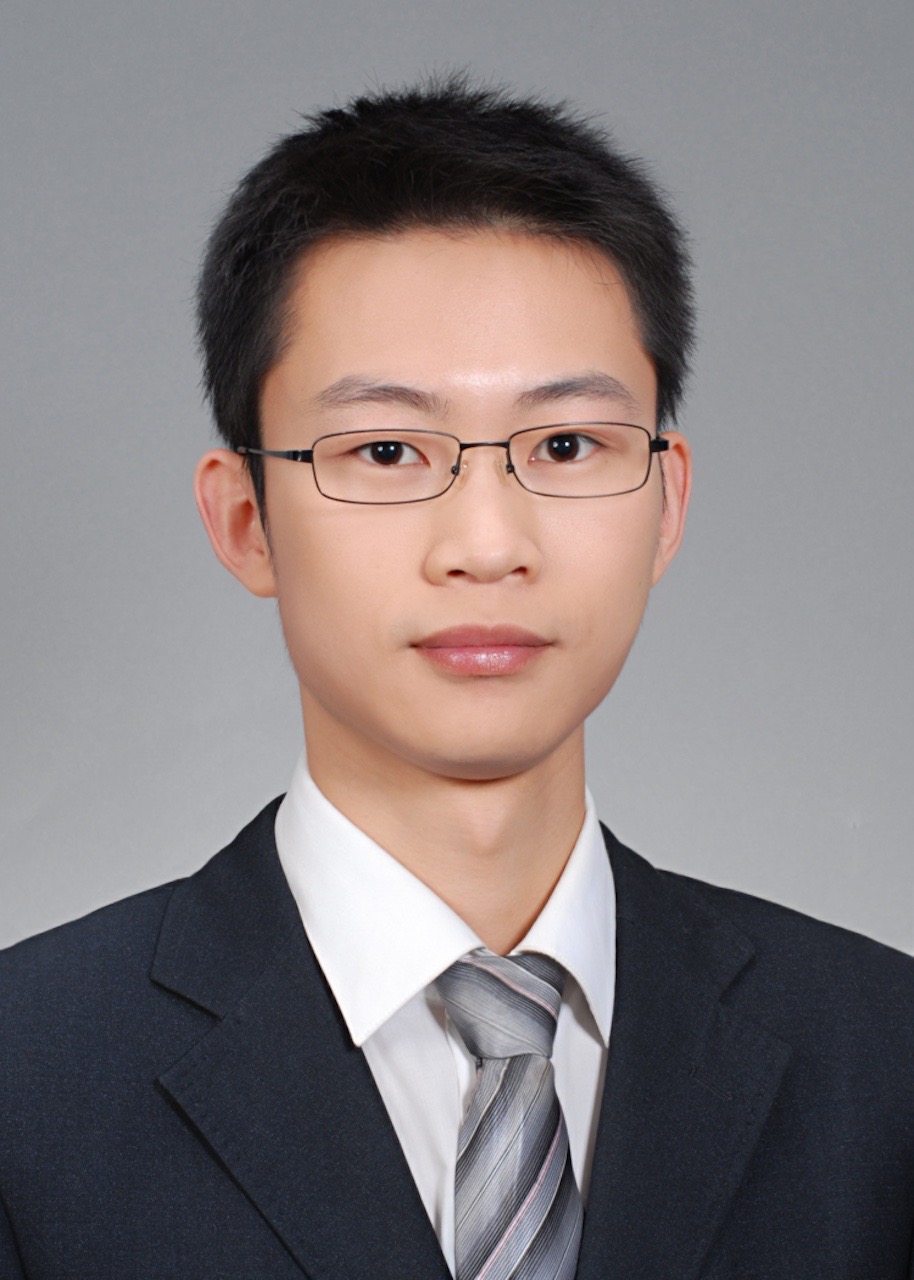


Prof. Omar H. Abdalla, Helwan University, Cairo, Egypt
Professor Omar Hanafy Abdalla (Fellow of the Egyptian Society of Engineers (ESE), Life Senior Member of the IEEE, Member of Cigre-Egypt Study Committee C2) was born in Cairo, Egypt on 11 May, 1945. He received the Ph. D. degree in electrical engineering from the University of Liverpool, England, in 1979. Since B. Sc. graduation in 1967, he has been appointed in various positions in university as follows: Engineer 1967, Demonstrator 1970, Lecturer 1976, Associate Professor 1983, Professor 1987, Head of Department of Electrical Power and Machines Engineering 1987, Vice-Dean for Postgraduate Studies and Research 1997, Dean of the Faculty of Engineering 2002, Professor Emeritus 2005-now. He has published over 180 papers in Journals and conferences. He is a Reviewer for many national and international periodicals and conferences: (e.g. Proceedings IET, IEEE Transactions, IJPSR, JPEL, MEPCON, Cigre, etc.). He is a member of the Editorial Board of the International Journal of Emerging Electrical Power System, and the Journal of Electrical Systems, and a member of the Editorial Board of the Trends in Advanced Sciences and Technology Journal. He has been a leader of many research and consulting activities with industry including electrical power systems, electricity distribution networks, urban village planning, modern control systems, etc. He has been engaged in many activities with professional and social societies including IEEE, ESE, and others. As a Dean of the Faculty of Engineering, he has introduced new programs in the faculty departments and led the promotion of essential administration and students' activities. He has organized, supervised and participated in conducting training courses for engineers and technicians. He was the Head of Consultation Board, and Head of the Automatic Control Department at the Technical College, Jeddah, KSA, 1988-1993. Prof. Omar H. Abdalla was a member of Board of Directors of the South Cairo Electricity Distribution Company 2004-2007. From January 2007 to February 2014, he was on leave from Helwan University; working (System Studies Advisor) with Oman Electricity Transmission Company, Muscat, Sultanate of Oman. He was involved in various technical activities and leading strategic planning and transmission system technical studies such as the Transmission Master Plan 2014-2030, Five Year Annual Transmission System Capability Statements, planning and design of new generation and bulk industrial load connections, HV and EHV grid-stations, transmission lines of 400 kV, 220 kV and 132 kV levels, network expansions and reinforcements, Pre-Investment Appraisal Techno-Economic Studies for new projects, etc. He was also involved in the technical studies and practical operation of the interconnection between Oman and UAE. Prof. Omar Hanafy Abdalla received the encouraging Prize of State in Engineering Sciences, 1984, the First Class Distinction of Sciences and Arts, 1985, Helwan University Appreciation Prize in Engineering Sciences and Technology of the year 2007, and the “IEEE PES Chapter Outstanding Award”, for years of dedicated volunteer service to the chapter and to valuable contribution to the Power & Energy Society, IEEE PES Egypt Section, 2018
Speech Title: Technical Design Specifications and Criteria for Integrating Wind Farms into Grids
Abstract: The objective of this keynote is to present basic information on the technical design specifications, criteria, technical terms and equipment parameters required for successfully integrating wind farms to electricity grids. For example, power quality definitions, measures and their cause and impact on the system as referred to in the grid code will be discussed and explained. The technical specifications include permitted voltage and frequency variations in addition to power quality measures such as limits of harmonic distortion, phase unbalance, and flickers. Wind turbine generating unit operational limits, capability requirements, active power and frequency control, reactive power and AVR, power factor, etc. will be explained and discussed. Planning studies for connecting a 50 MW wind farm to a real power system are presented taking into consideration the grid code requirements and the security criteria. The subject is most useful for researcher in academia and practice engineers who are involved in integration of renewable energy sources in practical power systems.

Prof. Giuseppe Buja, University of Padova Padova, Italy
Giuseppe Buja (Life Fellow, IEEE) received the Laurea degree (with Hons.) in power electronics engineering from the University of Padova, Padova, Italy. He is currently a Senior Scholar with the University of Padova.,He has carried out a pioneering research work in the field of power and industrial electronics,originating the modulating-wave distortion for pulse-width modulation inverters, initiating the application of digital signal processors to the control systems of power electronics converters, conceiving cutting-edge techniques for the control of electric drives, and advancing the design of powertrain and charging systems for electric vehicles. His current technical research focuses on the deployment of sustainable electric grids.,He was the recipient of the IEEE Industrial Electronics Society (IES) Eugene Mittelmann Achievement Award “in recognition of his outstanding technical contributions to the field of industrial electronics,” and the 2016 Best Paper Award from the IEEE Transactions on Industrial Electronics. He was with IEEE in several capacities, including as the General Chairman of the 20th Annual Conference of the IES (IECON) in 1994. He is currently a member of the Steering/Technical Committee of International Conferences, Editorial Board of Scientific Journals, and a Senior Member of the Administrative Committee of the IES. Speech Title: Update Soon

Prof. Ioannis Pitas, Aristotle University of Thessaloniki, Greece
Prof. Ioannis Pitas (IEEE Fellow, IEEE Distinguished Lecturer, EURASIP Fellow) received the Diploma and PhD degree in Electrical Engineering, both from the Aristotle University of Thessaloniki (AUTH), Greece. Since 1994, he has been a Professor at the Department of Informatics of AUTH. He has been Director of the Artificial Intelligence and Information Analysis (AIIA) lab (1999-2025). He has served as a Visiting Professor at several Universities. His current interests are in the areas of computer vision, machine learning, autonomous systems, intelligent digital media, image/video processing, human-centred computing, affective computing, 3D imaging and biomedical imaging. He has published over 970 papers, contributed to 48 books in his areas of interest and edited or (co-)authored another 16 books. He has also been member of the program committee of many scientific conferences and workshops. In the past he served as Associate Editor or co-Editor of 23 international journals and General or Technical Chair of 5 international conferences. He delivered 151 keynote/invited speeches worldwide. He co-organized 38 conferences and participated in technical committees of 291 conferences. He participated in 75+ R&D projects, primarily funded by the European Union and is/was principal investigator in 47 such projects. He is the coordinator of the Horizon Europe R&D project TEMA ( https://tema-project.eu/) , AUTH principal investigator in Horizon Europe R&D projects AI4Europe (https://www.egi.eu/project/ai4europe/) and SIMAR (https://simar-project.eu/). He is chair of the International AI Doctoral Academy (AIDA) https://www.i-aida.org/. He was chair and initiator of the IEEE Autonomous Systems Initiative https://ieeeasi.signalprocessingsociety.org/. He has 38300+ citations to his work and h-index 92. According to https://research.com/ he is ranked first in Greece and 319 worldwide in the field of Computer Science (2022). Speech Title: Artificial Intelligence, Energy and Environment Abstract: The energy needs of humanity ever increase, in line with the increased complexity of human environment, society and global economy and population growth. As this trend strains both earth resources and energy sources, it becomes unsustainable in the long run. Therefore, new energy sources are sought, e.g., in the form of renewable energy or nuclear energy. However, such solutions do not solve the problem, as in conjunction with other issues, contribute to the global warming and environment entropy and instability with potentially disastrous results. This instability needs more resources and energy to address, thus leading to a vicious cycle of positive feedback. AI can potentially provide a workable solution both towards optimizing energy production and distribution and lowering the energy needs towards a sustainable development. However, AI research, development and deployment needs huge energy resources per se. Therefore, a big question to be addressed today is whether AI (and IT technologies, in general) can indeed offer a solution a balanced sustainable economic and social development.

Prof. Riad Taha Al-Kasasbeh, The University of Jordan, Jordan
Professor Riad Taha Al-Kasasbeh earned his MS in Engineering Science and Ph.D. in Controlling Biological and Electronic Equipment from Saint-Petersburg Electrotechnical University ETU “LETI”. He furthered his academic pursuits as a postdoctoral fellow at Konstanz University (Germany). Currently, he holds the position of Professor at the University of Jordan. He is a prolific researcher and has co-authored over 120 papers published in reputable journals and conferences including Springer, IEEE, Taylor & Francis, IASTED, Inderscience, and Elsevier. Professor Al-Kasasbeh has held Visiting Professorships at several esteemed universities, including Philadelphia University, Konstanz University (Germany) (HTWG), Karaganda State Industrial University (Kazakhstan), and "Moscow Power Engineering Institute" (MPEI). He has also served as a Research Fellow of DFG at the HTWG. His research interests encompass a wide array of topics, including , Tracking Solar System , The Internet of Things (IoT) , Artificial Intelligence, Biomedical Instrumentation, Biophysics, Acupuncture, Fuzzy Logic Decision-Making, Medical and Ecology Information Systems, and Ergonomics. He is a sought-after keynote speaker at international conferences, where he presents his groundbreaking work.
Professor Al-Kasasbeh's contributions to the field include the development of novel clinical methods for predicting and diagnosing heart and stomach diseases. He has also devised features for determining the level of psycho-emotional tension in man-machine system operators using bio-active points based on fuzzy logic rules. Furthermore, he has successfully managed research and development projects that conduct scientific research for both local and international industry and medical departments and organizations.
Speech Title: Smart Solar Tracking System with IoT-Enabled Environmental Monitoring for Enhanced Efficiency
Abstract: In this project, a smart solar tracking system was developed using an Arduino microcontroller to enhance the efficiency of solar panels. The system utilizes four LDR sensors and two servo motors to adjust the panel’s position along the X and Y axes, optimizing sunlight capture throughout the day. An LCD display is used for monitoring and adjusting sensor sensitivity. Additionally, the system integrates an ESP32 module with Wi-Fi connectivity, allowing real-time environmental data (temperature, humidity, and light levels) to be transmitted to the Thing Speak cloud for visualization. The successful implementation demonstrates improved solar panel performance through automated tracking and environmental monitoring. Index Terms—Solar energy, Tracking, IOT)

Assist. Prof. Yu Zhang, ECE Department, Baskin School of Engineering, University of California, USA
Assistant Professor Yu Zhang earned my Ph.D. in Electrical Engineering from the University of Minnesota and pursued postdoctoral research at the University of California, Berkeley, and Lawrence Berkeley National Laboratory. My research bridges theory and practice, with a focus on: Monitoring and management of cyber-physical systems (particularly smart power grids and data centers), Deep learning and artificial intelligence, Robust, stochastic, and online optimization
Speech Title: Physics-Informed Gradient Estimation: Enabling Fast and Feasible Deep Learning for AC Optimal Power Flow
Abstract: Solving the Alternating Current Optimal Power Flow (AC-OPF) problem in real time remains a fundamental challenge in modern power systems, particularly with high penetration of renewables and increasing variability in load demand. While deep learning has shown promise for rapid OPF predictions, existing approaches often suffer from long data preparation times and infeasibility issues due to complex physics-based constraints. This talk introduces a novel semi-supervised learning framework that dramatically accelerates AC-OPF training by integrating pseudo-labeling with physics-informed gradient estimation. I will present key innovations, including warm-up loss design, reduced branch sets for constraint selection, and efficient Jacobian approximation methods using linearized and decoupled models. Together, these techniques enable up to 35× faster prediction and 12× faster training, while maintaining high feasibility and minimal optimality gap—even on large-scale power systems. I will conclude with perspectives on future research directions that incorporate graph learning, multi-period optimization, and large language models for grid-aware scenario forecasting and control.